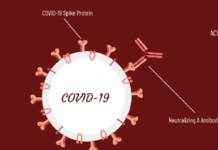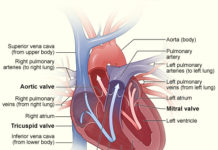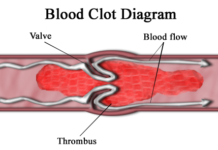According to The U.S. Department of Health and Human Services, 1.5 million Americans suffer a bone fracture each year. Those who have broken or fractured a bone know it is not fun. The cast, the crutches, the wheelchair; it is a long recovery time. Is it possible for people to strengthen their bones?

According to Dr. Vincent Iannelli, fellow of the American Academy of Pediatrics and author of The Everything Father’s First Year Book, although calcium supplements may not necessarily help in the development of children’s bones, calcium supplements may prevent broken bones in some adults.
According to the Mayo Clinic, adults with osteoporosis may need a type of supplement that a young child does not need. Calcium supplements are not one size fits all, says Dr. Suzanne Steinbaum, Director of Women and Heart Disease of the Heart and Vascular Institute at Lenox Hill Hospital in New York City.
The Mayo Clinic says that the best way for children to get the adequate amount of calcium is by eating healthy food, but for adults with osteoporosis it is best to have medication prescribed by the patient’s doctor in addition to eating healthy.
According to University of Maryland Medical Center the difference between the two approaches is that women with osteoporosis need a medication that also contains vitamin D, but children just need to be eating healthy so that they get the adequate amount of calcium, and develop healthy habits for later in life. The University of Maryland Medical Center also says that the combination of vitamin D and calcium is what helps prevent bone loss in older women and men. In children, foods high in calcium are enough to keep the bones strong.
According to The Mayo Clinic, common calcium supplements for people with osteoporosis are calcium carbonate, calcium citrate, calcium gluconate and calcium lactate. Each of these supplements is a calcium compound.
According to The University of Arizona, it is best to have a calcium supplement with a high percentage of elemental calcium in it. Mayo Clinic says that in calcium supplements, the amount of actual calcium, or elemental calcium, that is absorbed, is much less than the actual amount of the supplement. Mayo Clinic says that body can only absorbs a portion of the calcium. When selecting a calcium supplement, it is important for users to be sure it has the right amount of elemental calcium, or calcium the body can absorb. Most calcium supplement packages list the amount of actual elemental calcium in the supplement so that users do not need to do the math.
It is important throughout life to constantly take in calcium because, according to Vanderbilt University, human bones are constantly gaining and losing bone mass. Professor Elena Serrano of Virginia Tech says that calcium and bone loss can occur at any age, even childhood. Although the National Institutes of Health (NIH) says that bone and calcium loss occurs mainly in women after menopause.
Osteoporosis affects over 200 million women, usually over the age of 60, worldwide every year, according to the International Osteoporosis Foundation. It also affects men, but less women. It is a condition in which the bones do not receive the calcium they need to be strong and healthy, and as a result they become porous. With porous bones, it is much more likely for a person to fracture or break a bone.
When a person’s calcium intake is poorly absorbed, breakdown of the bones occurs because the body uses calcium that is stored in the bones to be able to maintain normal biological functions. Bones are made up of calcium and phosphorous crystals embedded in a framework of fibers that interlock. The crystals give the bones hardness, strength and rigidity. Calcium is important because it is the crystals that keep the bones strong. Because children’s bones are still developing, it is important they get enough calcium to make up those crystals.
Although teenagers should not worry about getting osteoporosis, they do need to keep their bones strong and healthy. NIH recommends that teenagers 14 to 18 years old have a calcium intake of 1300 milligrams per day. That may sound like a lot, but calcium is found in most foods. As long as people eat healthy foods, it should not be hard to achieve that goal.
Yet, NIH is worried that teenagers are not getting enough calcium. According to NIH, only 1 in 10 girls and 1 in 9 boys between the ages of 9 and 13 are getting an adequate amount of calcium. NIH says that it is important for teens to get the right amount of calcium between the ages of 9 and 18, because that is when the bone mass (strength and density) forms.
The Office of Dietary Supplements also says other foods that are great sources are cheese, pudding, yogurt and even calcium-fortified orange juice. Dark leafy vegetables, such as broccoli and kale, are also a great source of calcium.
Lisa O’Neill, mother of two, says, “We go through about a gallon of milk every day in our family. Neither of my girls has ever broken a bone, and it is the healthier alternative to sweetened beverages, with much greater health benefits.” Mary O’Neill

This work is licensed under a Creative Commons Attribution-NonCommercial-NoDerivs 3.0 Unported License














its milk it helps your bones and teeth
This is an interesting article. I liked it because im a person who does not drink milk at all, so i discovered you can get calcium from other things. very nice